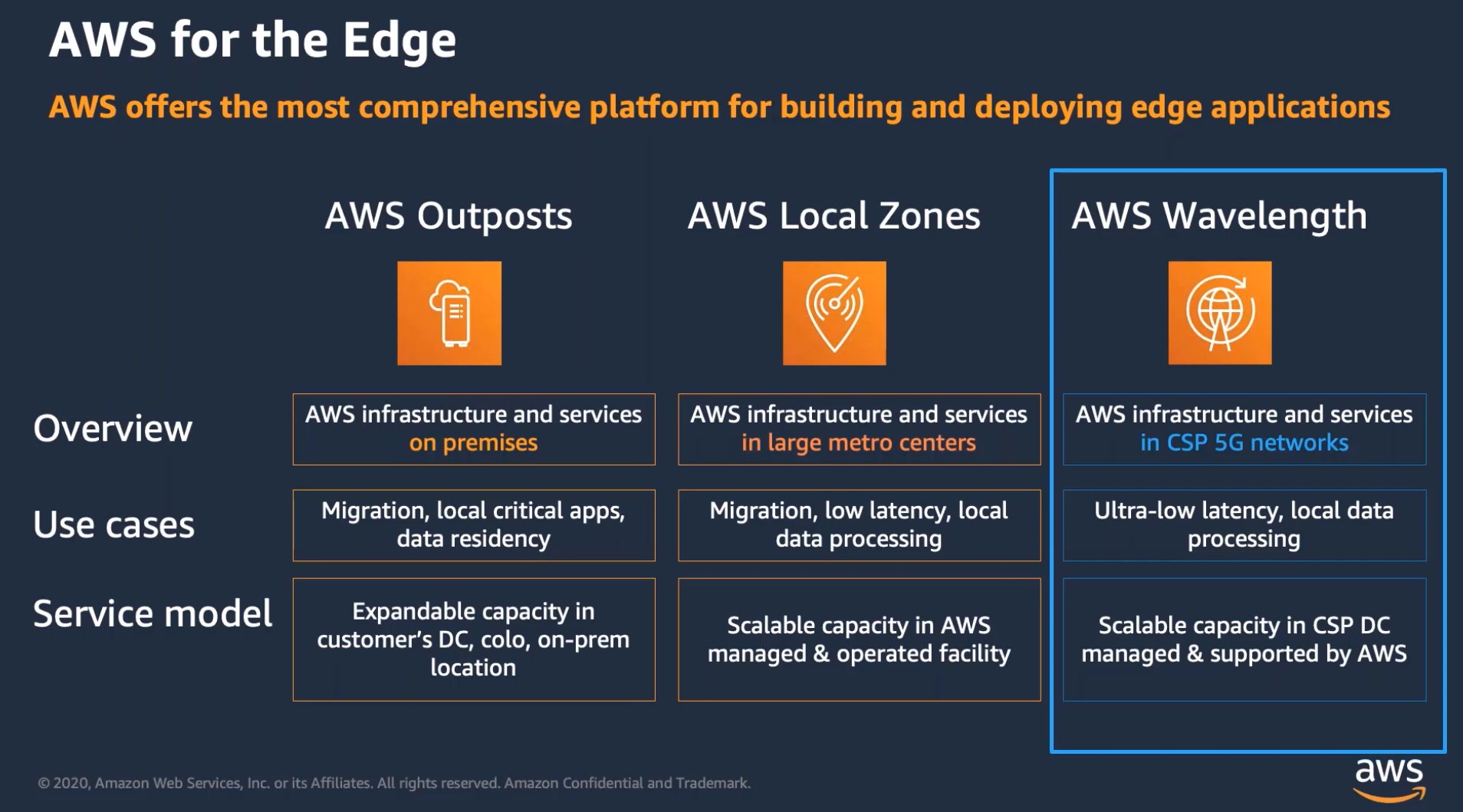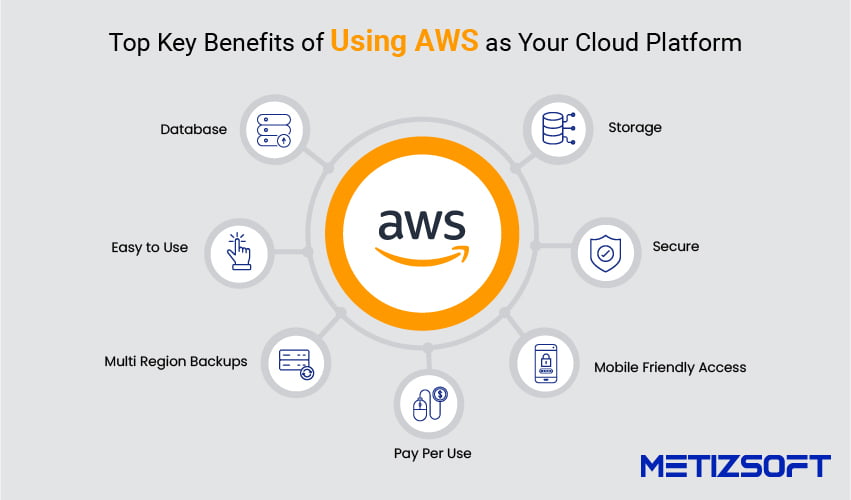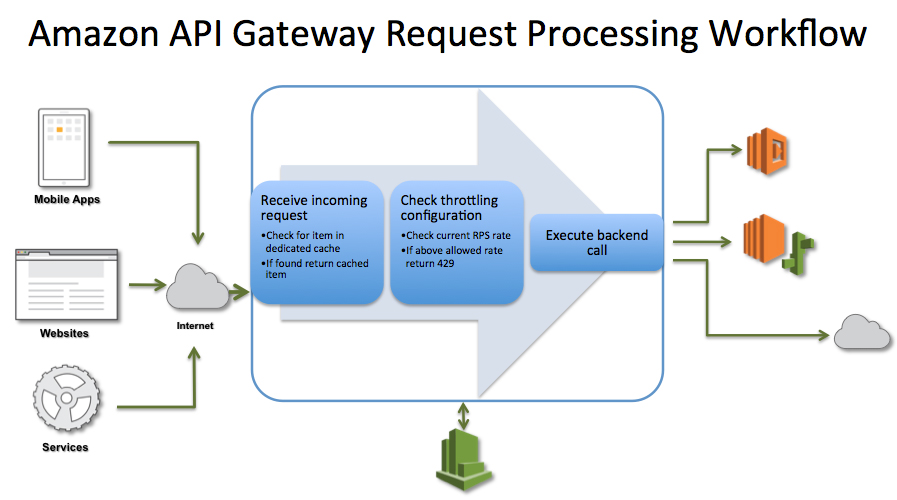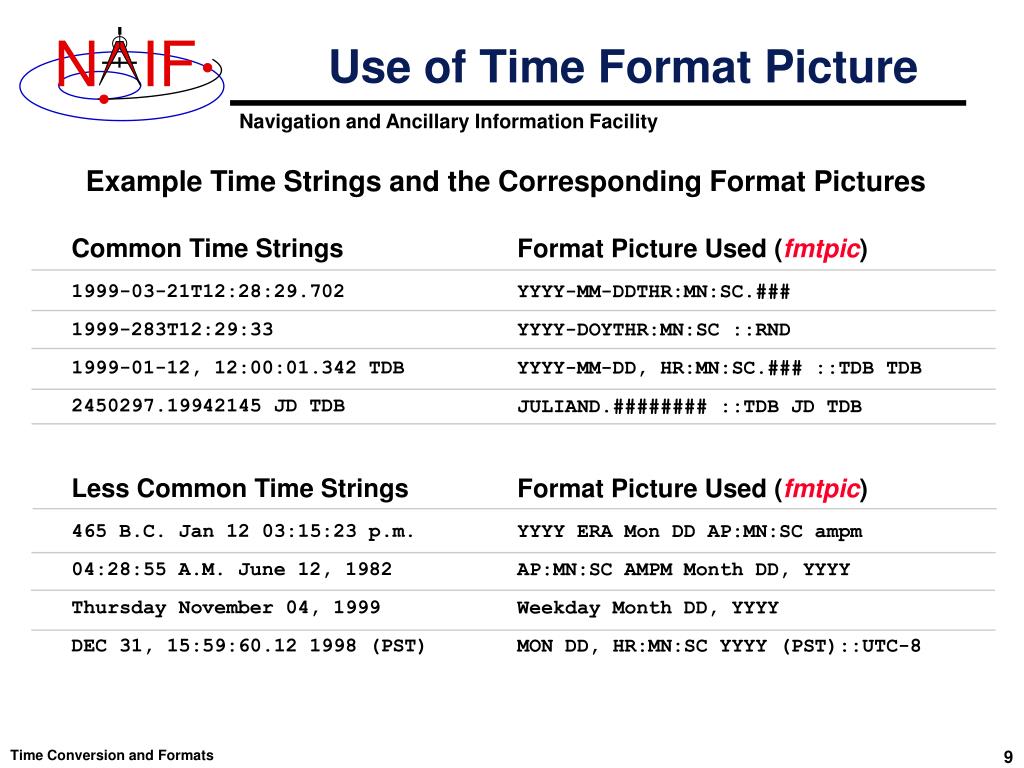What is AWS Epochtime?
AWS Epochtime is a standardized method of expressing time as the number of seconds that have elapsed since 00:00:00 Thursday, 1 January 1970. This format, also known as Unix time, is widely used in computing and is compatible with many programming languages, making it a popular choice for logging, monitoring, and data analysis in AWS systems. The universality of AWS Epochtime allows for seamless integration and communication between different services and applications, regardless of their location or time zone.
How to Use AWS Epochtime in Your Applications
To use AWS Epochtime in your applications, follow these steps:
- Retrieve the Epochtime value from the AWS service or application you are working with.
- Convert the Epochtime value to a human-readable date and time format using a programming language or library that supports Unix time.
- Display the human-readable date and time to the user or use it for further processing in your application.
For example, in Python, you can convert Epochtime to a human-readable date and time using the datetime module:
import datetime epochtime = 1645385600 # Example Epochtime value
human_readable = datetime.datetime.fromtimestamp(epochtime)
print(human_readable)This will output: 2022-02-18 12:00:00
By following these steps and using the appropriate programming language or library, you can easily work with AWS Epochtime in your applications.
AWS Services That Use Epochtime
AWS Epochtime is used in several AWS services to facilitate logging, monitoring, and data analysis. Some of these services include:
- CloudWatch: AWS CloudWatch uses Epochtime to record and store metrics data, such as CPU utilization and network traffic, for Amazon EC2 instances and other AWS resources. This data can be visualized in graphs and charts, allowing users to monitor the performance of their applications and infrastructure over time.
- DynamoDB: AWS DynamoDB, a managed NoSQL database service, uses Epochtime to record timestamps for items in a table. This allows users to perform time-based queries and sort items by their creation or modification time.
- S3: Amazon S3, a highly-scalable object storage service, uses Epochtime to record timestamps for objects stored in a bucket. This allows users to perform time-based queries and sort objects by their creation or modification time.
By using Epochtime, these AWS services can provide a consistent and standardized way of recording and working with time-based data, making it easier for users to analyze and gain insights from their data.
Benefits of Using AWS Epochtime
AWS Epochtime offers several benefits for developers and organizations using AWS services. Some of these benefits include:
- Universality: AWS Epochtime is a standardized method of expressing time, making it easy to work with time-based data across different services and applications. This allows for seamless integration and communication between different components of a system.
- Ease of use: AWS Epochtime is simple to use and understand, as it is expressed as the number of seconds that have elapsed since a fixed point in time. This makes it easy to perform calculations and comparisons with time-based data.
- Compatibility: AWS Epochtime is compatible with many programming languages, making it easy to work with in different development environments. This allows developers to choose the best tools for their projects without worrying about time-based data compatibility issues.
By using AWS Epochtime, developers and organizations can simplify their development processes, reduce the risk of errors and inconsistencies, and make the most of the time-based data capabilities offered by AWS services.
Common Use Cases for AWS Epochtime
AWS Epochtime is used in a variety of applications and use cases, including:
- Logging: AWS Epochtime is often used to record timestamps for log entries, allowing for easy sorting and filtering of log data. This is useful for troubleshooting issues, monitoring system performance, and auditing system activity.
- Monitoring: AWS Epochtime is used in monitoring systems, such as AWS CloudWatch, to record metrics data, such as CPU utilization and network traffic, for Amazon EC2 instances and other AWS resources. This data can be visualized in graphs and charts, allowing users to monitor the performance of their applications and infrastructure over time.
- Data analysis: AWS Epochtime is used in data analysis applications to record timestamps for data points. This allows for time-based queries and sorting of data, making it easier to analyze and gain insights from large datasets.
By using AWS Epochtime in these and other applications, developers and organizations can simplify their development processes, reduce the risk of errors and inconsistencies, and make the most of the time-based data capabilities offered by AWS services.
Best Practices for Working with AWS Epochtime
When working with AWS Epochtime, it is important to follow best practices to ensure data accuracy and consistency. Some of these best practices include:
- Handling time zones: AWS Epochtime is expressed as the number of seconds that have elapsed since 00:00:00 Thursday, 1 January 1970 Coordinated Universal Time (UTC). When working with AWS Epochtime, it is important to be aware of the time zone differences between UTC and the local time zone. This can be done by converting AWS Epochtime to a human-readable date and time format using the appropriate time zone offset.
- Dealing with leap seconds: Leap seconds are occasional one-second adjustments made to Coordinated Universal Time (UTC) to keep it in sync with the Earth’s rotation. When working with AWS Epochtime, it is important to be aware of leap seconds and how they may affect time-based calculations and comparisons. Some programming languages and libraries provide built-in support for handling leap seconds, while others may require manual adjustments.
- Ensuring data accuracy: When working with AWS Epochtime, it is important to ensure data accuracy by using the appropriate data types and avoiding common errors, such as integer overflow or underflow. This can be done by using 64-bit integer data types, which can represent the full range of AWS Epochtime values, and by validating and sanitizing input data before using it in time-based calculations and comparisons.
By following these best practices, developers and organizations can ensure data accuracy and consistency when working with AWS Epochtime, reducing the risk of errors and inconsistencies in their applications and systems.
AWS Epochtime vs. Other Time Formats
AWS Epochtime is a widely used time format in AWS systems, but it is not the only time format available. Other popular time formats include ISO 8601 and Unix time. Each time format has its own advantages and disadvantages, and the choice of time format may depend on the specific requirements of an application or use case.
- ISO 8601: ISO 8601 is a standardized date and time format that expresses dates and times as year-month-day hour:minute:second. It is widely used in a variety of applications, including finance, logistics, and healthcare. One advantage of ISO 8601 is its readability and ease of understanding, as it expresses dates and times in a clear and concise format. However, it may require more storage space than other time formats, such as AWS Epochtime or Unix time.
- Unix time: Unix time is a time format that expresses time as the number of seconds that have elapsed since 00:00:00 Thursday, 1 January 1970, Coordinated Universal Time (UTC). It is similar to AWS Epochtime, but it is not specific to AWS systems. One advantage of Unix time is its compatibility with many programming languages and libraries, as it is widely used in the Unix and Linux operating systems. However, it may require manual adjustments for time zones and leap seconds, as it does not include time zone information or account for leap seconds.
When choosing a time format for an application or use case, it is important to consider the specific requirements and constraints, such as storage space, compatibility with programming languages and libraries, and ease of use. By carefully evaluating the options and selecting the most appropriate time format, developers and organizations can ensure the success and reliability of their applications and systems.
Conclusion: Making the Most of AWS Epochtime
AWS Epochtime is a powerful and versatile time format that offers many benefits for developers and organizations using AWS systems. By understanding the basics of AWS Epochtime, including how to use it in applications and how it compares to other time formats, developers and organizations can make the most of its capabilities and improve the reliability and efficiency of their applications and systems.
- Understanding AWS Epochtime: To make the most of AWS Epochtime, it is important to understand its definition and significance in AWS systems. AWS Epochtime is the number of seconds that have elapsed since 00:00:00 Thursday, 1 January 1970, Coordinated Universal Time (UTC), and it is used in a variety of AWS services, such as CloudWatch, DynamoDB, and S3.
- Using AWS Epochtime in applications: To use AWS Epochtime in applications, developers can follow a step-by-step guide that includes converting AWS Epochtime to a human-readable date and time format. This can be done using a variety of programming languages and libraries, such as Python, Java, and JavaScript.
- Comparing AWS Epochtime to other time formats: When comparing AWS Epochtime to other time formats, such as ISO 8601 and Unix time, it is important to consider the specific requirements and constraints of an application or use case. Each time format has its own advantages and disadvantages, and the choice of time format may depend on factors such as storage space, compatibility with programming languages and libraries, and ease of use.
By following best practices for working with AWS Epochtime, such as handling time zones, dealing with leap seconds, and ensuring data accuracy, developers and organizations can ensure the success and reliability of their applications and systems. With its universality, ease of use, and compatibility with different programming languages, AWS Epochtime is a valuable tool for developers and organizations using AWS systems.








